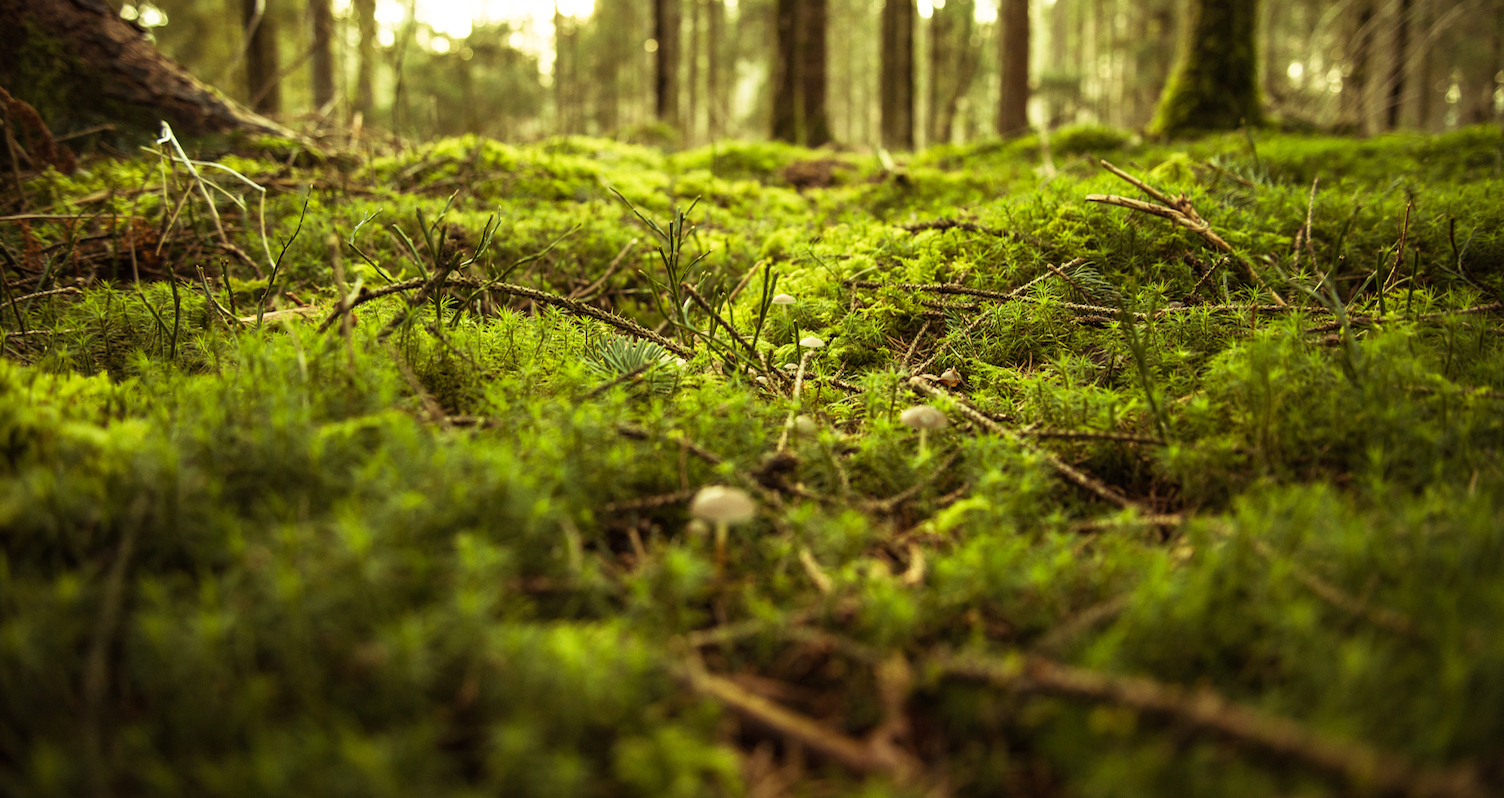When we think of forest ecosystems, we usually picture dense thickets of trees, the vibrant buzz of insects and birds, and lush undergrowth carpeting the floor. We often fail to recognize the complexity hidden beneath the surface—a vast and ancient network of fungi, called mycorrhizae interwoven with every plant root. These 450 million year-old symbiotic relationships play a key role in ecosystem health and productivity. The mycorrhizal fungi provide plants with nutrients such as nitrogen and phosphorous in return for excess carbohydrates produced during photosynthesis. In addition, the expansive web of fungi, known as the common mycorrhizal network, serves as a communication pathway, allowing the transfer of biochemical signals and carbon between plants. Scientists have recognized the significance of mycorrhizae in individual plant growth and nutrition cycling for decades, but are still trying to untangle the symbionts’ effects at an ecosystem level.
A recent editorial by Coweeta LTER researchers in a special issue of the Journal of Ecology, focused on mycorrhizae, attempts to address this challenge. The article synthesized results from seven different publications in order to highlight two approaches that seem to be the most effective in determining mycorrhizal effects on ecosystems. The report provides insights that focus the direction of future research and aim to improve ecosystem modeling and prediction.

The first approach described is a bottom-up strategy of investigating small-scale mycorrhizal traits first, then determining how they link to ecosystem processes. The authors found that when scientists studied chemical variations in individual fungal species, they were able to attribute specific factors to changes in decomposition rates and soil nutrient composition. Such results provide effective links between fungal traits and chemical processes, but are less useful in integrating these effects to broad ecosystem scales.
The second approach highlighted was a top-down method that starts by identifying large-scale ecosystem patterns and then linking them to mycorrhizal type and abundance. The authors focused on a few studies that used long term age gradients and large data sets to connect changes in forest systems to changes in mycorrhizal fungi. While these results outlined the effects of fungi at the ecosystem-scale, they failed to pinpoint the changes to specific biochemical traits of the mycorrhizae.
The authors concluded that while bottom-up and top-down approaches each have weaknesses, a combination of the two provides a more comprehensive understanding of this crucial biological relationship. The papers in this special issue offer windows into a subterranean world that ecologists are only now beginning to understand well enough to predict and, potentially, manage.
-Soham Mistry
Source: Wurzburger, N. and Clemmensen, K. E., From mycorrhizal fungal traits to ecosystem properties – and back again. J Ecol (2018), 106: 463–467. doi:10.1111/1365-2745.12922










